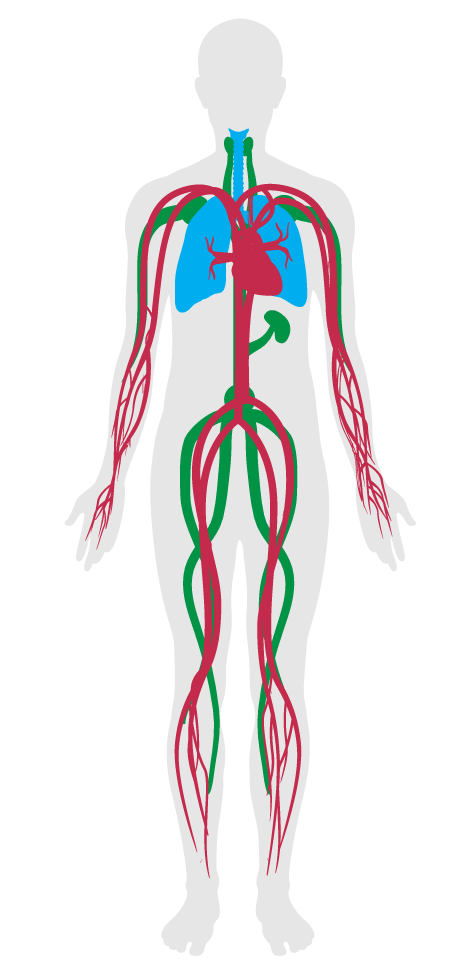Healthy entrance
Features/Air/Feature 08
- 01 Air quality standards
- 02 Smoking ban
- 03 Ventilation effectiveness
- 04 VOC reduction
- 05 Air filtration
- 06 Microbe and mold control
- 07 Construction pollution management
- 08 Healthy entrance
- 09 Cleaning protocol
- 10 Pesticide management
- 11 Fundamental material safety
- 12 Moisture management
- 13 Air flush
- 14 Air infiltration management
- 15 Increased ventilation
- 16 Humidity control
- 17 Direct source ventilation
- 18 Air quality monitoring and feedback
- 19 Operable windows
- 20 Outdoor air systems
- 21 Displacement ventilation
- 22 Pest control
- 23 Advanced air purification
- 24 Combustion minimization
- 25 Toxic material reduction
- 26 Enhanced material safety
- 27 Antimicrobial activity for surfaces
- 28 Cleanable environment
- 29 Cleaning equipment
- P9 Advanced cleaning
Healthy entrance
Intent:
To minimize the introduction of pollutants into indoor air at building entrances.
BACKGROUND
Occupants often track harmful contaminants indoors, including bacteria, heavy metals, lawn and agricultural pesticides, among other toxins. In addition, as occupants walk through entry doors, potentially polluted air can enter the building. Both of these modes of introducing outdoor pollutants to the indoor environment highlight the need for measures that minimize or prevent the introduction of potentially harmful substances to indoor spaces.
To capture particulates from occupant shoes at all regularly used entrance(s) to the project, one of the following is installed and is maintained on a weekly basis:
a.1
Permanent entryway system comprised of grilles, grates or slots, which allow for easy cleaning underneath, at least the width of the entrance and 3 m [10 ft] long in the primary direction of travel (sum of indoor and outdoor length).
b.1
Rollout mats, at least the width of the entrance and 3 m [10 ft] long in the primary direction of travel (sum of indoor and outdoor length).
c.1
Material manufactured as an entryway walk-off system, at least the width of the entrance and 3 m [10 ft] long in the primary direction of travel (sum of indoor and outdoor length).
One of the following is in place to slow the movement of air from outdoors to indoors within mechanically ventilated main building entrances:
a.
Building entry vestibule with two normally-closed doorways.
b.
Revolving entrance doors.
c.
At least 3 normally-shut doors that separate occupied space from the outdoors. For example, a space on the fifth-floor could be separated by the exterior building doors, the first-floor elevator doors and the fifth-floor elevator doors. This option is applicable only for buildings whose entrance lobby is not a regularly occupied space.

